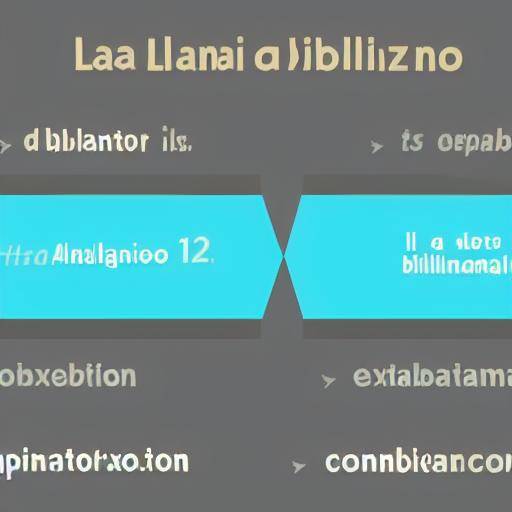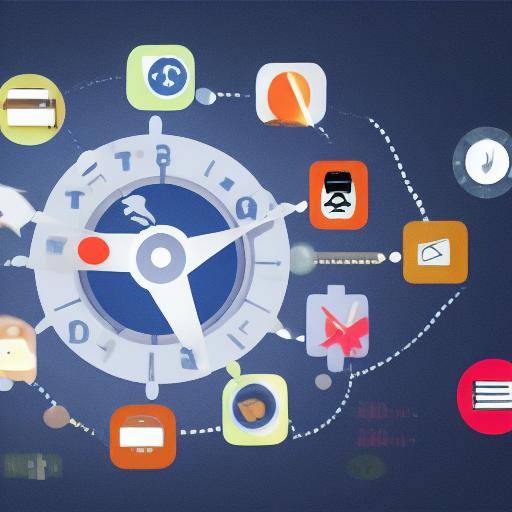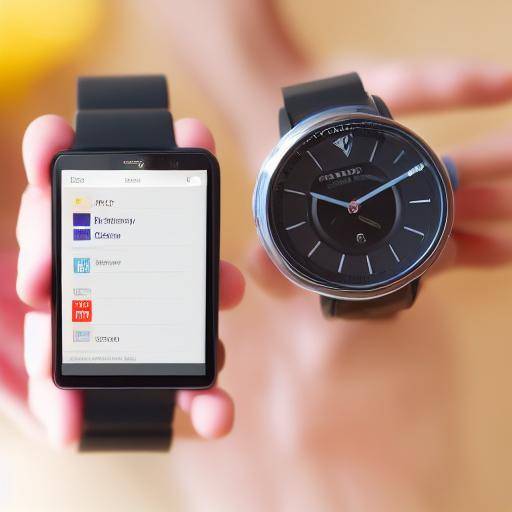
Telework has become an increasingly popular work modality, especially in the current context. However, maintaining productivity and time management can be a challenge for many. That is why incorporating effective techniques such as the Pomodoro method can make the difference in efficiency and job satisfaction. In this article, we will explore how to take advantage of Pomodoro technique on telework to improve productivity, manage time effectively and achieve a balance between work and personal life.
Introduction
In the digital age in which we live, telework has been established as a viable and effective alternative to the traditional way of working in an office. However, this modality also requires careful time management and a productivity approach to ensure a healthy balance between working and personal life. This is where the Pomodoro technique comes into play. This time management technique has proven to be effective in maximizing productivity and reducing procrastination, making it a valuable tool for those who work remotely.
History and Background
The Pomodoro method, conceived by Francesco Cirillo in the 1980s, is based on the premise of dividing time into specific intervals to maximize concentration and efficiency. The term "Pomodoro" comes from the tomato-shaped kitchen timer Cirillo used while developing the technique. Since then, it has gained popularity as an effective strategy to manage time and increase productivity, both in working and personal environments.
Analysis in Deep
Benefits of Pomodoro Method in the Telework
By incorporating the Pomodoro technique into the telework, you can experience multiple benefits. These include increased concentration capacity, reduced mental fatigue, improved time management and increased productivity in general. The intervening work structure also promotes regular rest taking, which helps to maintain a healthy balance between working and personal life.
Current Challenges and Trends
Although the Pomodoro method offers many benefits, its implementation can face challenges in the teleworking environment. Effective time management and remote productivity are critical aspects that require constant attention, especially in a context in which work is done exclusively from home. It is essential to analyse current trends and specific challenges posed by telework to successfully implement the Pomodoro technique.
Comprehensive review
Practices and Best Practices
The Pomodoro method can be easily adapted to the telework environment. Set clear goals for each time interval, take advantage of the technological tools available to keep track, and set limits for external interruptions are some of the best practices to implement the Pomodoro technique effectively.
Industry Perspectives and Expert Reviews
Recognized experts in productivity and time management have praised the effectiveness of the Pomodoro method, especially in the field of teleworking. Their views support the idea that this technique can make a significant difference in the overall productivity and well-being of remote workers. They have also stressed the importance of adapting the technique to individual needs and circumstances.
Conclusions and FAQs (FAQs)
Conclusions
In short, Pomodoro technique can be a powerful tool to maximize productivity and time management in the context of teleworking. By understanding their benefits, challenges and practical applications, remote workers can make the most of this technique to achieve a healthy balance between working and personal life.
Frequently asked questions (FAQs)
How can I adapt the Pomodoro technique to work on collaborative equipment or projects?
By adapting the Pomodoro technique to teamwork, it is important to establish coordinated time intervals to allow effective communication and collaboration. In addition, it is essential that team members be aligned with the objectives of each interval and respect the moments of concentration of others.
How long should work and rest intervals last in the Pomodoro method?
The typical time for a work interval in the Pomodoro method is 25 minutes, followed by a short break of 5 minutes. After completing four intervals, it is recommended to take a longer break of 15-30 minutes. However, these times can be adapted according to the individual needs and nature of the tasks.
What are the recommended tools to implement the Pomodoro method on the telework?
There are numerous tools and applications that can facilitate the implementation of the Pomodoro method on the telework, such as timer applications, task managers and time tracking tools. Some popular options include Toggl, Focus Booster, and Clockify. It is important to find the tool that best suits the preferences and needs of each person.
Can the Pomodoro method help reduce telework-related stress and anxiety?
Yes, the Pomodoro method can contribute significantly to reducing stress and anxiety in the teleworking environment. By establishing concentrated work intervals followed by regular breaks, effective time management is promoted and mental fatigue is avoided, which can reduce stress levels and promote a healthy balance between work and personal life.
Is it advisable to combine Pomodoro technique with other time management strategies?
The combination of Pomodoro technique with other time management strategies can be highly beneficial. For example, the Pomodoro technique can be complemented by planning techniques, prioritization and task organization to maximize its effectiveness. By integrating different approaches, it is possible to create a time management system tailored to individual needs.
How can I maintain motivation and discipline by implementing the Pomodoro method on the telework?
In order to maintain motivation and discipline by implementing the Pomodoro method in teleworking, it is essential to set clear goals for each time interval, celebrate achievements and maintain a positive attitude towards the time management process. In addition, seeking support from colleagues or colleagues to sustain commitment and mutual motivation can be very beneficial.
Final Conclusions
In conclusion, Pomodoro provides an effective approach to time management and productivity improvement, especially in the context of teleworking. By understanding their benefits, challenges and practical applications, as well as considering the recommendations of experts and the adaptations necessary for teamwork, remote professionals can successfully incorporate this technique into their daily routine to achieve a healthy balance between work and personal life.
With its ability to maximize concentration, reduce mental fatigue and build efficiency, the Pomodoro method is presented as a valuable tool to address telework challenges and optimize time management in a constantly evolving remote environment.






















































